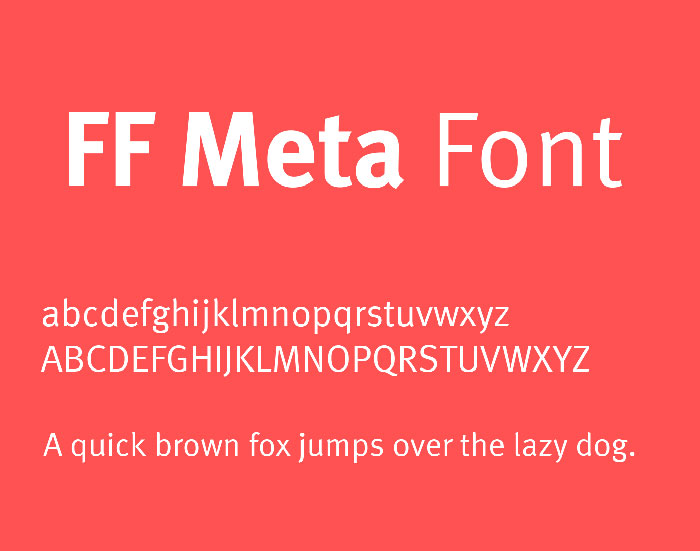

Typefaces in this category represent 18th-century design transitioning from old to modern. Some typefaces contain an e with a diagonal cross stroke.

Curved glyphs can characterize with the axis inclined to the left, minimal contrast between thick-and-thin strokes, angled head serifs (curves at the top of a letter), and bracketed serifs. Old-style typefaces originated between the late 15th and mid-18th centuries. Typefaces are classified based on their visual structure, influences, intent, and historical significance. When in doubt, keep it simple!ĭesigners follow different philosophies about combining typesetting and how they do so the anchor or role typeface is often chosen based on what will work best with long chunks of text. They can help style an existing draft if you want to create a visual ranking for your project. There are no complications in choosing typefaces.
#Font vs typeface series
Typeface classificationsĪ typeface is a series of characters, letters, or symbols that share particular design characteristics. Now that we've covered the difference between font styles and typefaces, let's look at the classifications of typefaces. In contrast, fonts represent individual talent in that specific family. An excellent way to view this relationship would be to think of them as a family - the typeface represents the whole family, just like its album cover. The typeface is like an album cover, and the fonts are like various songs by that artist. “Each typeface font has a specific weight, style, condensation, width, slant, italicization, ornamentation.” However, many fonts are inspired by this unique typeface of the iconic Helvetica font. For example, typefaces like Helvetica are only made of one font. In a nutshell, a typeface has different fonts. “A typeface is a set of one or more fonts, each composed of glyphs that share common design features.” So, while fonts are technically a part of typefaces, they can be used alone (e.g., Arial or Times New Roman) without the rest of the typeface. On the other hand, fonts are specific digital files comprising all the characters of a particular typeface. Typefaces are collections of letters, numbers, and symbols with a standard design theme. While most people use font type and typeface, a typographer will tell you they are two terms that refer to different things. Different types of those fonts are more readable at small sizes than others, while some of them have better characteristics in your large heading copy. Not all serif and sans-serif headings are equally suitable for body and headline copy. Most of them use script and display typefaces for the headline. Sometimes we can use them for title, logo, or else. People use Serif and sans-serif typefaces for body copy or headlines. Serif typefaces, sans-serif typefaces, script typefaces, monospaced type spaces, and display typefaces are five basic typefaces. You can write or edit text, and the typeface you're using will set the font design for the rest of your project. In web design, they're used to select text in a website.

In print, they're used to set text in an editorial project. A typeface is a set of fonts (a collection of letters) designed to work well together.


 0 kommentar(er)
0 kommentar(er)
